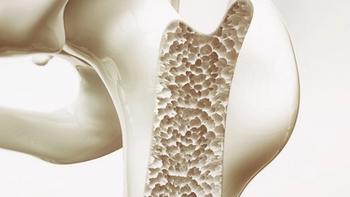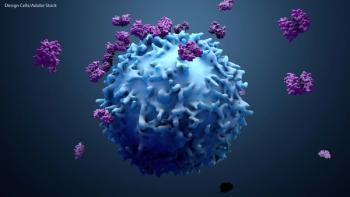
Substance Use Disorders Notable Among Adult Cancer Survivors
Investigators indicate that ongoing efforts should focus on meeting the needs of adult cancer survivors with co-morbid substance use disorder, with an emphasis on prioritizing populations in which the disorder is highly present.
Substance use disorder (SUD) appears to be highly prevalent in survivors of certain types of cancer, with investigators indicating that it may be possible to identify survivors who might benefit from integrated cancer and SUD strategies, according to data from a study published in JAMA Oncology.1
Active SUD was reported in 3.83% of lifetime cancer survivors included in the study (n = 6101). Moreover, SUD occurred most frequently in survivors of head and neck cancers (9.36%), esophageal and gastric cancer (9.42%), cervical cancer (6.24%), and melanoma (6.20%). The most frequent SUD was alcohol use disorder (AUD; 2.78%) in the overall population as well as with survivors of head and neck cancer, cervical cancer, and melanoma.
“To our knowledge, this study presents the first population-based, cancer type–specific estimates of active SUD derived using gold-standard definitions,” the authors wrote. “Findings of this study highlight AUD as an important comorbidity affecting survivors of melanoma, cervical, and head and neck cancers. In these groups, AUD prevalence mirrors or exceeds that of health conditions known to commonly co-occur with cancer (eg, diabetes).”
Investigators used data from the annual National Survey on Drug Use and Health (NSDUH), which determines SUD prevalence in the last 12 months based on criteria from the Diagnostic and Statistical Manual of Mental Disorders (DSM-IV)—a known gold standard—and diagnostic interviews. One of the questions posed by the NSDUH concerns cancer history. Investigators included patients who were 18 years or older and who had a lifetime history of a solid malignancy. The survey included demographic data such as age, sex, race ethnicity, marital status, education level, annual income, insurance status, and disease type.
SUD was defined as meeting at least 1 of 4 DSM-IV criteria for abuse or 3 of 6 DSM-IV dependence criteria.2
In the main analytic cohort, 56.91% of patients were reported to 65 years of age or older and 61.63% were female. Additionally, most patients were non-Hispanic White (83.26%), married (60.60%), and were either college graduates (37.18%) or had a high school education or less (33.18%). The most common cancer types were breast cancer (26.05%), prostate and testicular cancer (15.66%), multiple cancers (18.19%), and melanoma (8.18%).
Investigators also reported that cannabis use disorder was the most common SUD in survivors of esophageal and gastric cancer (9.42%). Additionally, opioid and prescription sedative use disorders were found to be uncommon in those who survived all types of cancers. Conversely, head and neck cancer was considered to be an exception, with opioid use disorder (OUD) occurring in 1.40% and sedative use disorder occurring in 1.82%.
In a population of survivors who had received a diagnosis in the last 12 months, SUD was reported in 3.81%, and was highest in survivors of head and neck cancer (18.73%) and cervical cancer (15.70%). In this population, AUD (10.49%) was the most common SUD in survivors of cervical cancer along with OUD (4.82%). Moreover, the most common SUD among those with head and neck cancer was sedative use disorder (9.81%) and OUD (3.31%).
References
- Jones KF, Osazuwa-Peters O, Des Marais A, et al. Substance use disorders among US adult cancer survivors. JAMA Oncol. Published online January 11, 2024. doi:10.1001/jamaoncol.2023.5785
- Keyes KM, Rutherford C, Hamilton A, et al. What is the prevalence of and trend in opioid use disorder in the United States from 2010 to 2019? Using multiplier approaches to estimate prevalence for an unknown population size. Drug Alcohol Depend Rep. 2022;3: 100052. doi:10.1016/j.dadr.2022.100052
Newsletter
Stay up to date on recent advances in the multidisciplinary approach to cancer.

















































































